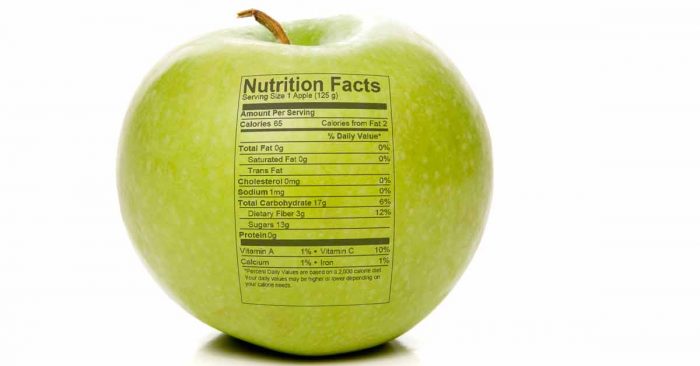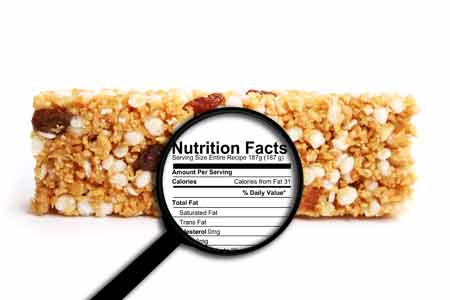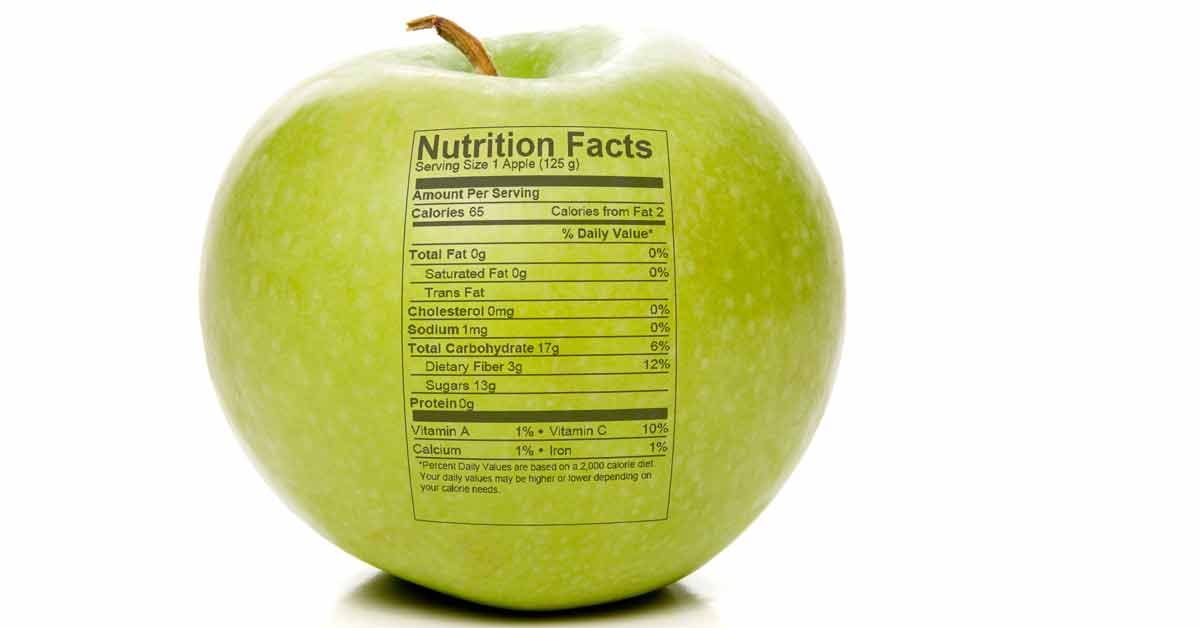
Count Nutrients Not Calories
Our Meal Plans are based on obtaining great macronutrients, micronutrients, and not counting calories. Macronutrients are categorized as Protein, Carbohydrates, and Fats, while micronutrients are less talked about and include Vitamins and Minerals.
Our Plan focuses on making sure you receive the proper foundation to help Reboot your body, and fuel it properly so you can be the best you possible. For this reason, we don’t focus on calorie counting, we focus on volumized eating and fiber intake.
Volumized eating works by focusing on the volume of the food, or how much you are eating, versus the caloric content. You could eat only avocados and very quickly meet your “required calorie intake,” and be ravenous the rest of the day. When you load your body up with nutrient-packed foods, that are high in fiber (fruits and vegetables), you feel satiated, full, and well-nourished.
With this method, your body is less likely to crave other foods and is less likely to lead to restrictive dieting and overeating. Focus on consuming whole foods such as veggies, fruits, and lean meats. Focusing on whole foods instead of processed products will also help reduce inflammation in the body.
With volumized eating, comes the struggle of understanding which foods are good for your body, and which you should avoid. Everything in your Manual is obviously great, but what about processed products like condiments, seasonings, or pre-packaged foods? That’s where learning how to read a Nutrition Label comes into play.
Understanding Nutrition Labels
First, we would like you to evaluate the front of the product. Here there may be misleading claims such as “all-natural,” “no sugar added,” “enriched,” etc. These are alarmingly misleading and should be taken with a grain of salt.
There is no FDA definition for what consists of “all-natural,” and may still include preservatives, high fructose corn syrup, and excessive amounts of sodium. “No Sugar Added” also does not mean it is a low sugar product, as there may be high amounts of naturally occurring sugars.
“Enriched and Fortified” are also misleading as these imply they strip the micronutrients out of the product, and reintroduce them to seem “healthier.” They may do this to help improve the texture or appearance of a product to meet their consumers’ needs.
Serving Sizes
 The next thing to notice is the serving size on the back of the product. Again, we do not count calories on our Plan, but being aware of how much you are consuming may be beneficial to understand what a recommended amount consists of.
The next thing to notice is the serving size on the back of the product. Again, we do not count calories on our Plan, but being aware of how much you are consuming may be beneficial to understand what a recommended amount consists of.
If you think the serving size is the whole bag but you notice the serving size says there are 4 servings per bag, you may want to be aware of how much you are consuming. They also use portion sizes as a way to advertise to you in a misleading way.
An example of this would be that trans fats are not actually required to be reported if there is less than 0.5g per serving size. So, the company might make the serving size smaller so they can report “0g Trans fats,” But if you are eating multiple servings, that “0g Trans fat,” can quickly turn into 2g or more.
This is why we really want you to focus on the Ingredients List of the product. It ultimately will give you all the information you need to know about the product if you know what to look for.
Sneaky Ingredients
The first thing to note is that the ingredients are listed by quantity. That means the first ingredient is the most abundant ingredient in the product. Second, is that companies are sneaky and try to use many names for the same ingredient as “sugar.” Looking at an Ingredient List and knowing everything is listed by quantity, you may think the product is low in sugar because sugar is listed near the end of the list. But in fact, there may be many different types of sugars in lower quantities. One product may include “brown sugar, high fructose corn syrup, maltodextrin, ethyl maltol, rice syrup, and dextran,” which are all forms of sugar.
There are also many names for things like milk (whey, lactose, lactulose, dairy product solids), and all ingredients should be taken into account when reading the label.
Tips For Reading Nutrition Labels
With that being said, we really want you to focus on a few key areas when reading the Ingredients List. First, if you can’t pronounce it, you probably don’t want it in your body. Things like EDTA (Ethylenediaminetetraacetic acid), dyes, inosinate, guanylate, etc. are usually preservatives and chemicals used to enhance the appearance of the product and increase shelf life.
Second, If the list is longer than 10 ingredients, it is usually highly processed and probably uses multiple of the same ingredient (my sugar example) to be able to cut advertising corners.
Third, going back to trans fats, things that may not be listed in the Nutrients label may show up in the Ingredients List. “Hydrogenated oil,” is another term for Trans fats and is still required to be put in the Ingredients List.
In Conclusion, shoot for items that have an Ingredients List of 6-10 Items that are whole foods (such as tomatoes), or things you can pronounce and understand what they are, and avoid things you are uncertain of. Try to eat a high volume of whole fruits, veggies, and lean meats to help nourish your body and keep you healthy!

